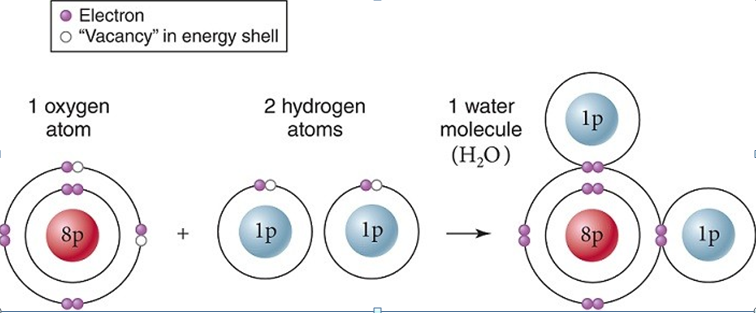The bacterial enzyme streptokinase is used to digest fibrin (blood clots) in patients with atherosclerosis. Why doesn’t injection of streptokinase cause a streptococcal infection?
How do we know the streptokinase will digest fibrin only and not good tissues?
Streptokinase actually indirectly breaks down blood clots via the activation of another enzyme known as plasminogen which ultimately cleaves into plasmin which is the "action taker" in breaking down clots. Since streptokinase is only an enzyme and not a weaken pathogen such as vaccines, streptococcus won't invade the host.Fibrinolytic produces plamin. IV administered for heart attack dissolves clots in walls of arteries. Enzymes don't cause disease. Virus or infection cause disease. Enzymes are specific, doesn't eat everything.
You might also like to view...
Within a single molecule of water, as shown, bonds are formed between oxygen and hydrogen.

A. nuclear
B. hydrophobic
C. hydrogen
D. covalent
E. ionic
What feature in animals is analagous to plant
meristem cells?
a. ectoderm cells b. a gastrula c. blastocyst stem cells d. mesoderm cells e. none of these are analogous to plant meristem cells
Which of the following statements about keratin is false?
a. It is a protein molecule. b. It is manufactured by epidermal cells. c. It gives strength to the skin. d. It acts as an evaporative barrier to prevent excess water loss. e. It facilitates diffusion across the body surface.
Which compound plays a pivotal role in both the first and last step of the TCA cycle?
a. oxalate b. oxaloacetate c. glycerol d. acetyl CoA e. pyruvate